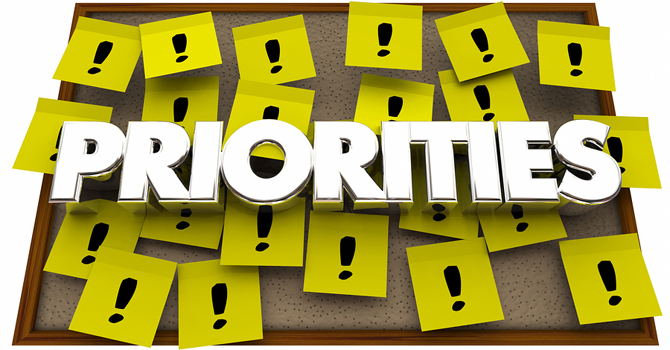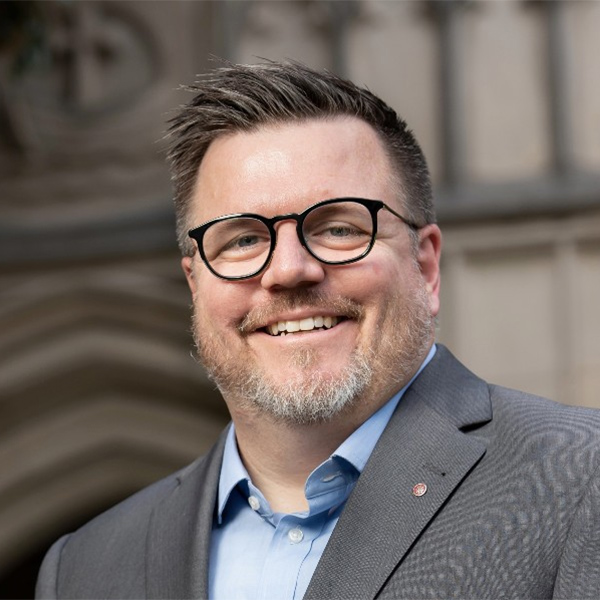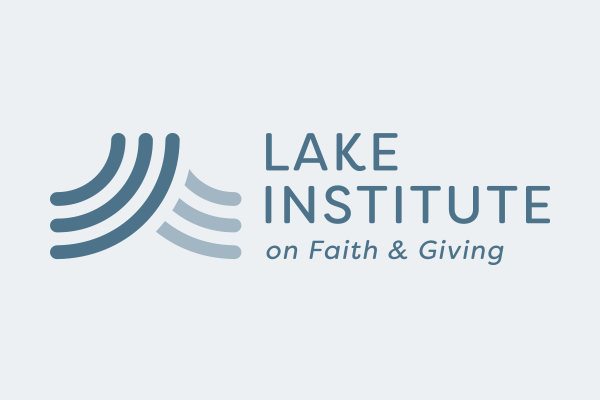“What is the most pressing issue that we, as people of faith, should be working on in our community?”
The question was simple to understand but difficult to answer, and that was precisely the point of this congregational listening session.
A community partner had asked our congregation to identify the issues we felt most needed the collective response and advocacy of our county’s communities of faith. Our congregation named nine distinct priorities, ranging from affordable housing to health care to advocacy for victims of sexual assault on college campuses to the removal of the Confederate flag from all government property in the county.
All nine were important, deserving substantive and sustained Christian witness. But given limited community and congregational capacities (the limitations of time, if nothing else), we had to prioritize further.
The facilitators invited each of us to vote for our top two issues, and affordable housing and health care emerged as the most pressing challenges for our community.
Yet as soon as the voting process ended, our unease set in.
To prioritize those two issues would mean that an identification project for undocumented immigrants would have to wait for our support. So would lobbying around land use and sustainable development, faith-based advocacy for the victims of sexual assault, and a prophetic call for a public exploration of the effects of race and racism in policing and prosecutions.
None of us felt good about the trade-offs inherent in our choices, but we had been told that we had to choose: What is the most pressing issue or issues that we, as people of faith, should be working on?
Identifying a single priority -- or even a constellation of priorities -- is a frequent struggle for congregations and institutions, not just my own. Of course, it isn’t just that there are too many issues that deserve our response or too many opportunities and challenges before us.
It is also the case that prioritization can lead to feelings of “winning” and “losing” among stakeholders as particular agenda items are elevated as the central focus of our work and others must recede. For leaders who are driven by pleasing others or who are conflict-averse by nature, this is a particularly unpalatable part of prioritization, especially if it means disappointing an outspoken stakeholder.
Indeed, many congregational and institutional leaders just keep adding priorities to already-lengthy lists. The result is not hard to predict. With an ever-diffusing focus, congregations and institutions risk muddying their missions, weakening their impact, and confusing stakeholders, funders and staff alike. The old adage is right: an organization that wants to be everything to everyone becomes nothing to anyone.
In his 2014 book “Essentialism: The Disciplined Pursuit of Less,” Greg McKeown offers a curious linguistic historical note. It wasn’t until the mid-20th century that the word “priority” began to appear regularly in its plural form. Until then, there was a shared understanding that for a given entity, there could be only one priority at a time. One thing was named as the “priority” to the exclusion of all other things. Yet in the mid-20th century, we began speaking and writing about “priorities” -- plural -- a shift that announced a coming multitasking, multifocused world.
If your congregation or institution is one of the many that need to reduce priorities back to something manageable and meaningful, how might you go about that work? My congregation’s listening session is one model; it’s certainly a relatively efficient approach and provides some meaningful data.
My preference, though, is for congregational or institutional discernment that unfolds in a different way. Rather than using existing stated priorities as the starting point for your discussion, why not begin the conversation with the larger missional question of telos, the end of your work?
Imagine the conversation about priorities beginning with a discussion about the difference you feel called to make in your community and in the world. What you and your colleagues in ministry envision then becomes the guidepost against which you weigh all possible priorities: Would adopting this priority move us closer to the vision we have discerned?
One note here. Congregational or institutional mission statements once offered some help in this regard. Unfortunately, many mission statements are now too clichéd, too ambiguous, too broad or too generic to orient our work. The articulation of a clear-eyed, Spirit-led vision of the world that your work seeks to create can become a new means of discerning priorities.
Even if your organization has already done the hard work of narrowing your focus, sharing a conversation about the difference you feel called to make in your community or in the world can be a renewing and life-giving moment in your work together.








